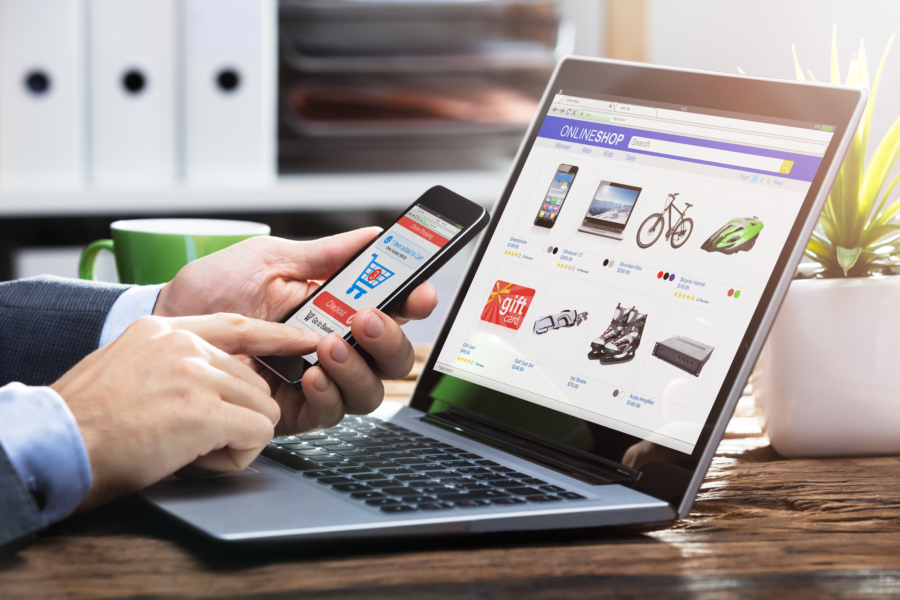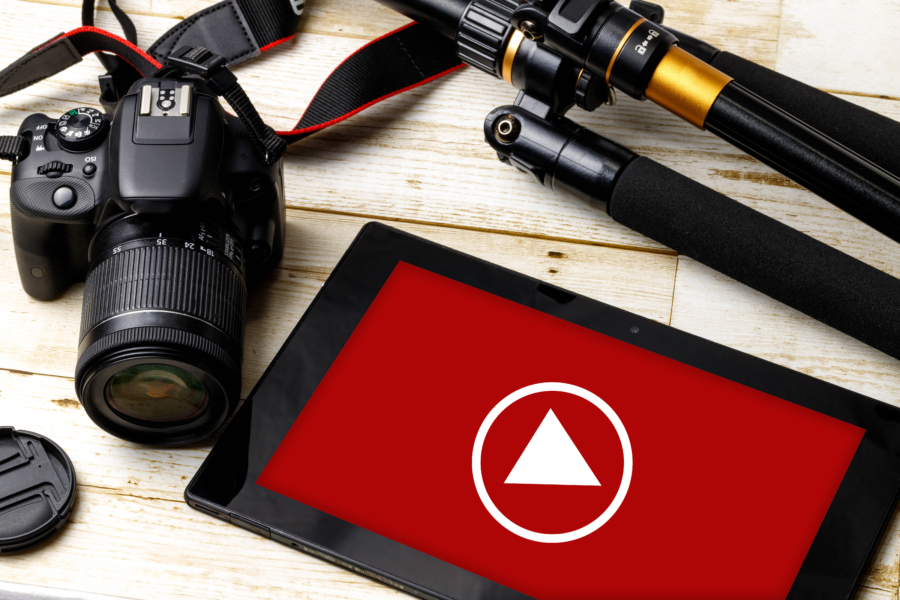A recent study done by AccuraCast has shown that mobile traffic is rising rapidly, however desktops are still preferred for transactions. The study discovered that while 60% of ad clicks in the last 12 months have come
- Home
- Tag: Digital Marketing
Society is more diverse and inclusive than ever before. With that, consumers are demanding that marketing pay attention to and represent people as they really are: A huge varied spectrum of race, bodies, gender, and socioeconomic classes.
Earlier this week YouTube launched a new way to run video ad campaigns. Advertisers can now upload three different types of videos under one campaign, and it apparently cuts campaign costs by more than 20%. In the
Social listening is an invaluable marketing tool that not enough companies take full advantage of. It allows you to track, analyze, and respond to conversations about your brand, competitors, and your entire industry online. If you don’t
Marketers have been tracking behavior, targeting individuals, and gathering endless data with implicit consent for years now. But after recently learning about privacy breaches across social platforms and search engines, consumers have started taking ownership over their
On August 29th Facebook started their global roll out of their new lead generation feature in Messenger to all advertisers. This feature allows businesses to create an automated question and answer experience within their Messenger app that
The days of the “sell and forget” relationship between customers and brands is long gone. Most brands now aim for having exceptional customer service and continuous customer engagement. Brand loyalty is more crucial than ever due to
As more businesses shift away from traditional marketing tactics, agencies should follow suit. The times of one-time projects, lower value relationships, and thoughtless solutions with no unified reporting will lead to failure. The demand for full digital
It’s a common misconception that marketing through email is dead. In all actuality, 90% of adults and 74% of teenagers use emails regularly. Email marketing is still a great tool for building customer relationships and generating leads
Gen Z now makes up 26% of the population and comprises 48% of the total media audience. Their spending power is estimated to be between $29 and $143 billion, without taking into account their influence on household















